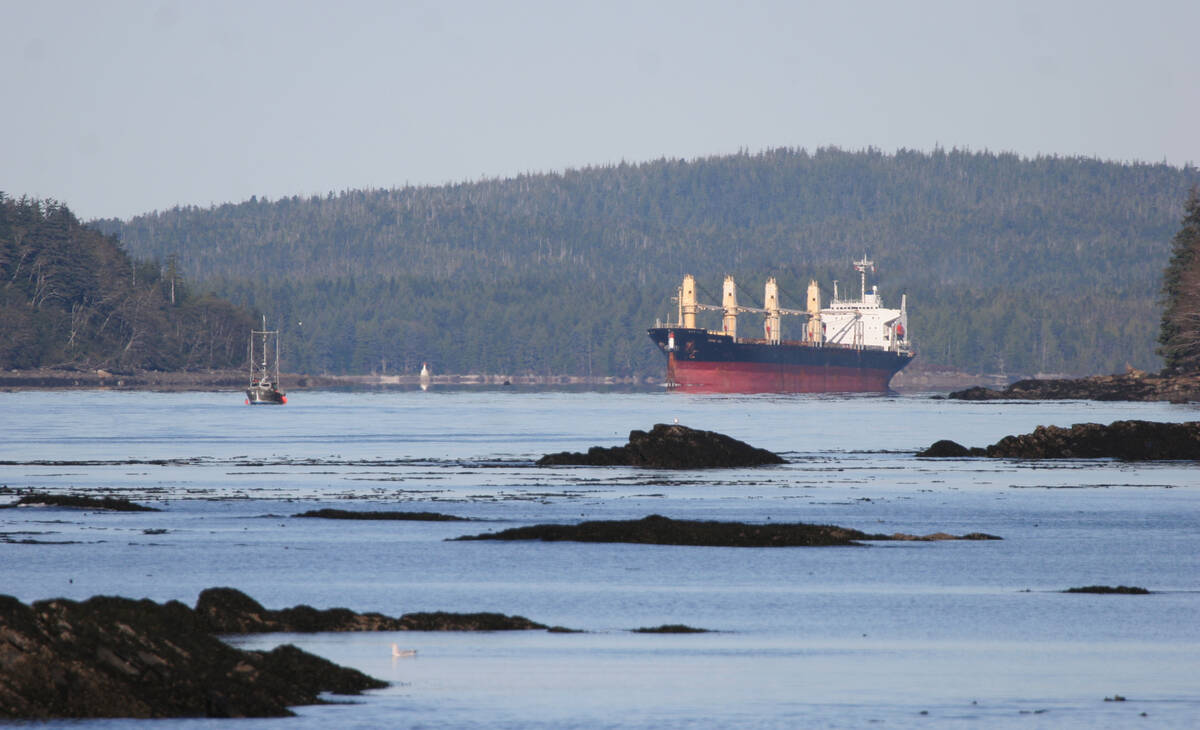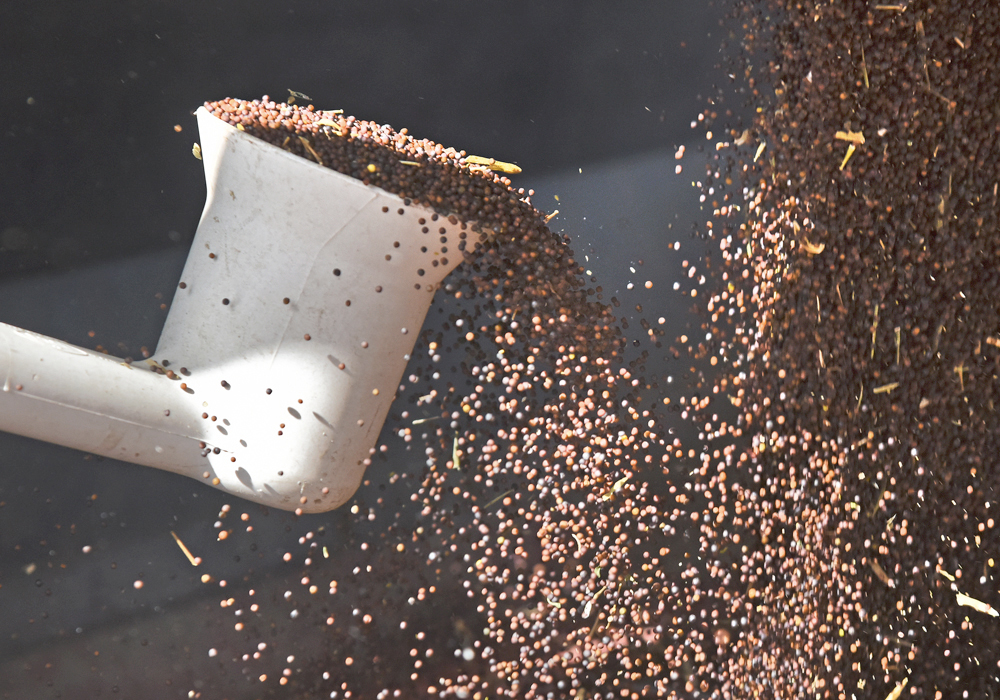The problem with setting yourself aggressive goals and targets is that you’re going to end up being held to them.
That’s the situation the canola industry faces as it heads toward its ambitious 2025 production goals far from the main targets it set in 2013-14.
Canada’s farmers today are nowhere near producing an average 52 bushels per acre and a total of 26 million tonnes.
In 2020, farmers grew about 18.7 million tonnes with an average yield of 40.1 bushels per acre. That’s less than half way between the 2011-12 production of 14.2 million tonnes and the 2025 goal.
Read Also

Farm groups ask feds for export sales reporting
The Agricultural Producers Association of Saskatchewan and SaskCrops asks the federal government to create an Export Sales Reporting program.
“As you can see, we still have a way to go to secure our production goals of the 2025 strategic plan,” noted Canola Council of Canada President Jim Everson in the organization’s March 18 annual meeting.
“To get there, we’ll need to see a substantial increase in average canola yields, which will, in turn, increase economic and environmental benefits on every acre.”
It can’t be much fun dealing with shortfalls and a collapse in the growth rate of canola production in the face of the 2013 goals. The scrutiny will undoubtedly get worse as 2025 approaches, especially if production growth doesn’t recover and if the goals don’t become closer to farmers’ grasp.
But it wasn’t wrong for the canola industry, led partly by farmer organizations, to champion aggressive targets. Why wouldn’t the industry strive to achieve what looked in 2013 to be achievable, if still daunting? The great thing about the canola industry is that it has been rapidly advancing, bounding ahead in yield, in dependability, in profitability, and differentiated products and value for customers.
Until the last three years.
After the freakishly good 2013 season, which nobody expected to be part of a sustainable trend, canola production progressed according to the plan. In 2014, Canada produced 15.6 million tonnes; in 2015, it hit 17.2; in 2016, it reached 18.4; and in 2017, Canadian farmers produced 21.3 million tonnes.
In 2018, production levelled off, as many had expected after years of farmers pushing acreage, at 20.3 million tonnes. But the 2025 target didn’t look so far away.
However, 2019 fell to 18.6 million tonnes, and 2020 followed with 18.7 million. Yields have been flat for a few years.
Those shortfalls were caused mostly by a collection of dreadful weather events that hammered canola crops across much of Western Canada. From spring flooding to long droughts to wind storms, farmers faced a series of events that prevented them from harvesting anything like the yields they would have achieved with “normal” bad weather of a typical summer.
Is it fair to judge the progress on the 2025 goals by the last couple of years? I don’t know. Was it fair to do it with the good production years of the mid-2010s?
What happens if this summer produces good weather and good crops across the Prairies? What could farmers produce then? How many gains in potential have been made underneath the surface of the last three years, as crops and farmers struggled with bad production conditions?
Maybe the industry is closer than it thought to those 2025 goals.
But even if not, setting the goals has been an important part of the operating system of a crops industry in Canada that doesn’t satisfy itself with minor incremental changes, which is all most crops can hope to achieve.
Canola is the big growth outlier, the big hope for major production boosts like those seen in U.S. corn. It has focused itself on pushing production towards levels scarcely imaginable 15 years ago.
Those gains are possible because of industry-wide commitment to advancement, and that has occurred through a lot of collaborative work between all elements of canola production, from farmers to seed companies to input suppliers to grain companies to port authorities to university and agriculture department research centres.
It also involves government regulatory and political authorities, who need to be onside to create the conditions that will allow the industry to produce, process and export the production it’s aiming at.
For those government authorities to do that, they need to know what the industry is planning to produce and be prepared ahead of time, not when the industry is ready but can’t produce because of regulatory complications.
Production growth could rebound this year and for the next four and bury most of the worries around the path toward the targets, whether or not they are all hit 100 percent. That’d be a relief for the industry.
The most annoying thing about the situation will be, probably, people like me fixating on the targets themselves and whether or not they are hit.
That’s a bad element of journalism that occurs every time somebody sets a goal or target. The story often becomes about the targets, not the underlying development or issue.
You hear that a lot these days with pandemic vaccine coverage. There is sometimes a lot of focus on whether specific vaccination targets are being met and who’s to blame if they fall short for some reason.
I’m as guilty of this tendency as any journalist, but I’ll strive to follow the development toward the 2025 goals rather than just cover it as a goal-achieving-or-failing story.
It’s good to have goals and targets to focus us on, something to strive towards, but the targets themselves aren’t the point and we shouldn’t get obsessed by them.
















